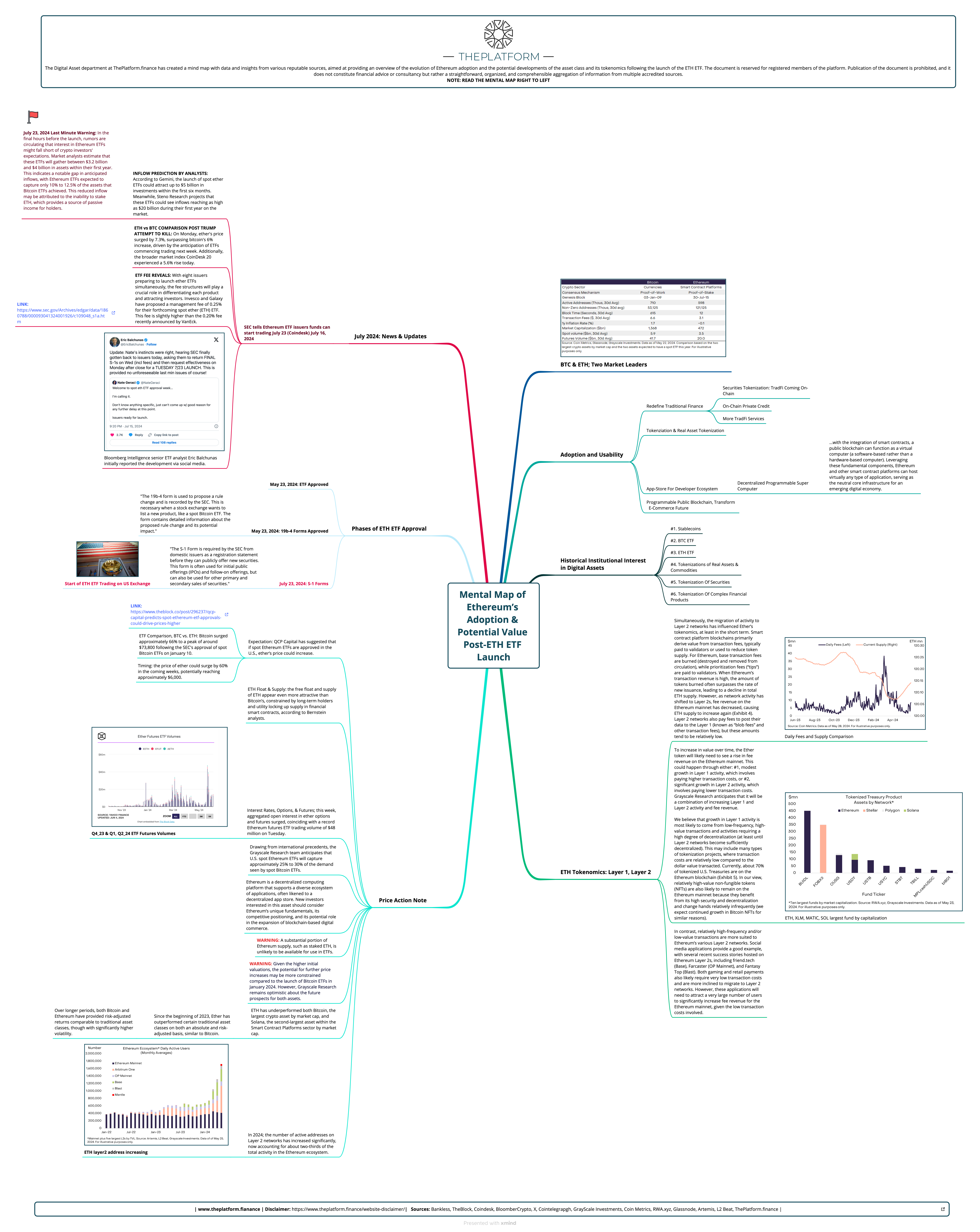Introduction
In the ever-evolving landscape of financial products, investors are constantly seeking innovative solutions that offer both potential for growth and active management. Actively Managed Certificates (AMCs) have emerged as a compelling category of financial instruments that combine the benefits of traditional investment vehicles with the advantages of dynamic investment strategies. This introduction paper aims to shed light on what AMCs are, their unique features, and the potential advantages they offer to investors.
Understanding Actively Managed Certificates (AMCs)
Actively Managed Certificates (AMCs) are structured financial products designed to provide investors with exposure to a diversified portfolio of assets while incorporating an active investment strategy. These certificates are issued by financial institutions and can be listed on stock exchanges, allowing investors to trade them like any other security. AMCs aim to generate returns by actively managing the underlying assets based on the investment strategy outlined in the certificate’s prospectus.
The key differentiating factor of AMCs lies in their active management approach. Unlike index funds or exchange-traded funds (ETFs), AMCs are not passively managed. Instead, professional portfolio managers actively adjust the composition of the portfolio, making strategic investment decisions based on market conditions, analysis, and research.
Dynamic Investment Strategies and use cases of AMCs
AMCs offer investors a wide range of dynamic investment strategies, each with its unique approach and objectives. These strategies can include:
- Tactical Asset Allocation
AMCs employing a tactical asset allocation strategy aim to capitalize on short-term market opportunities by adjusting the portfolio’s asset allocation dynamically. Portfolio managers actively monitor market trends and adjust the portfolio’s exposure to different asset classes, sectors, or regions accordingly. This flexibility allows the portfolio to adapt to changing market conditions and potentially generate attractive risk-adjusted returns.
- Market Timing
AMCs utilizing market timing strategies aim to capitalize on short-term price movements by actively buying or selling assets based on anticipated market trends. Portfolio managers carefully analyze market indicators, economic data, and technical analysis to identify potential inflection points and adjust the portfolio’s positions accordingly. The goal is to maximize returns by entering or exiting positions at opportune times.
- Sector Rotation
AMCs employing a sector rotation strategy focus on investing in specific sectors or industries that are expected to outperform the broader market. Portfolio managers analyze economic trends, industry dynamics, and company fundamentals to identify sectors poised for growth. By actively rotating the portfolio’s holdings based on these assessments, managers aim to generate returns by capitalizing on sector-specific opportunities.
- Risk Management:
AMCs with a risk management focus aim to protect investors’ capital by actively managing downside risk. Portfolio managers employ various risk management techniques, such as hedging strategies, diversification, or dynamic asset allocation, to mitigate potential losses during market downturns. The goal is to provide investors with a smoother investment experience by actively managing risk exposures.
Advantages of Actively Managed Certificates (AMCs)
Investing in AMCs offers several potential advantages for investors:
- Professional Expertise:
AMCs provide access to professional portfolio managers with expertise in active investment management. These managers conduct in-depth research, analysis, and market monitoring to make informed investment decisions on behalf of investors. The expertise and experience of these professionals can potentially lead to enhanced returns and risk management.
- Potential for Outperformance:
With the ability to actively adjust the portfolio composition based on market conditions and investment opportunities, AMCs have the potential to outperform passively managed investment vehicles. The dynamic nature of AMCs allows portfolio managers to capitalize on market inefficiencies, emerging trends, and changing economic conditions.
- Diversification:
AMCs offer investors access to diversified portfolios across various asset classes, sectors, or regions. This diversification helps spread investment risk and reduce exposure to individual securities or market segments. By combining different assets in a single certificate, AMCs provide investors with a convenient way to achieve diversification within a single investment.
- Transparency and Liquidity:
AMCs typically provide regular reporting and transparency, enabling investors to stay informed about the portfolio’s composition, performance, and investment strategy. Additionally, as AMCs are listed on stock exchanges, investors benefit from liquidity, allowing them to buy or sell their certificates at prevailing market prices.
Conclusion
Actively Managed Certificates (AMCs) represent a dynamic and innovative category of financial products that combine the advantages of active investment management with the convenience of structured certificates. By incorporating dynamic investment strategies, AMCs offer investors access to professional expertise, potential outperformance, diversification, transparency, and liquidity. As investors seek opportunities to optimize their portfolios and adapt to changing market conditions, AMCs provide a versatile option that aligns with their investment objectives.
It is important for investors to carefully assess the investment strategy, historical performance, and associated risks before investing in AMCs. Each AMC has its own unique characteristics and considerations that investors should evaluate based on their risk tolerance, investment horizon, and financial goals. By understanding the potential benefits and risks of AMCs, investors can make informed decisions to unlock the potential of dynamic investment strategies and potentially enhance their investment outcomes.




